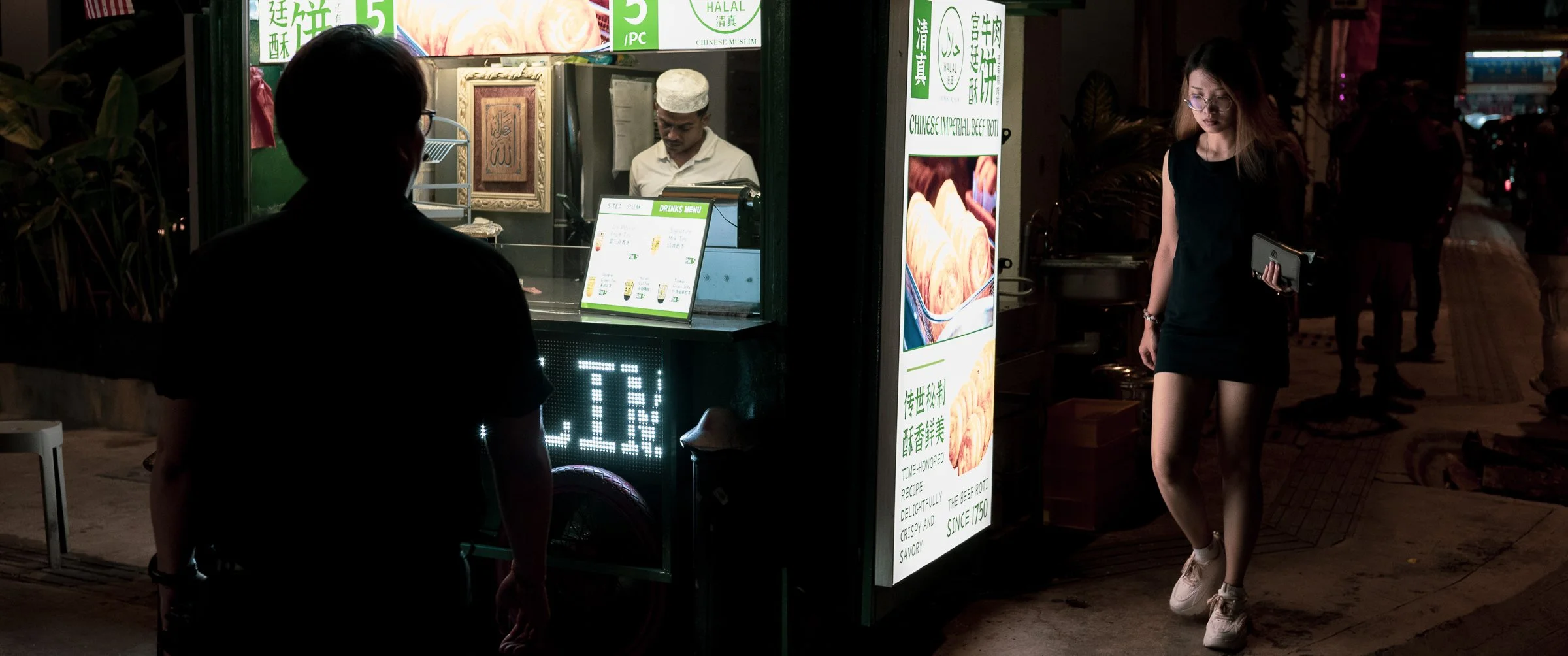#056: Night-time Cinematics

So, you’ve ventured out into the night, armed with your trusty camera and the hope of capturing the ethereal beauty of city lights, creatures of the night, the stars, weird dark alleys, or maybe even that perfect moody street corner. You’re feeling pretty artistic like you’re about to shoot the next award-worthy film. You snap away, satisfied with your shots, imagining how cinematic they’re going to look. But wait... what’s that nagging feeling? Oh right—the aspect ratio.
Suddenly, the idea hits you: "What if I convert my perfectly normal photos into an anamorphic lens ratio of 2.39:1? You know, like the movie/cinema pros." Because nothing screams "cinematic masterpiece" like distorting your photos to resemble the widescreen glory of a blockbuster film, right? Exactly why I bought a full-frame camera for, right?… right?
It’ll also mess with all of those who are viewing this blog on their mobile phones, held vertically. Yes, you, the one reading this now on you’re mobile phone. Rotate your phone.
So, you open up your editing software, eyes gleaming, and start stretching your image like it’s a scene from one of the many sci-fi movies you enjoy watching. Alien: Romulus, my most recent cinema experience. After all, what’s better than giving your humble night shot of a back alley the same screen real estate as Star Wars?
But now, instead of a moody semi-interesting night photo, you’ve got a super wide masterpiece where everything looks flatter than a pancake. That stunning cityscape is now a sprawling, horizontally stretched megapolis where streetlights look like they’ve been compressed through a taffy machine. Hopefully making each shot look like a still frame from a moody film.
But don’t worry. You tell yourself it’s all intentional. You’re an artist! This is what the world doesn’t understand about your genius—it’s the anamorphic stretch. That’s why that cat looks six feet long in the frame now. Very avant-garde. Right?…
For the uninitiated, filmmakers favour the 2.39:1 anamorphic aspect ratio for its ability to create a sense of grandeur and immersion. Originally developed for widescreen cinema, it allows for more horizontal real estate, making it perfect for capturing sweeping landscapes or fitting more visual information into a single frame. It gives films that "epic" feel, providing a visually stunning experience by making scenes feel broader and more expansive. When this aspect ratio is applied to still images, it can translate a similar cinematic quality, turning an everyday shot into something that feels like a scene from a movie. Suddenly, your simple photo of a tree at night feels like it belongs in a sci-fi thriller, complete with a dramatic sense of scale and tension. It’s like giving your stills an instant "Hollywood treatment"—making them feel larger than life, even if they’re just of your local alleyway. So yes, my boring night shots are now super “cinematic”.
However, if only I had known I was going to edit this way before taking the photos, I may have taken in some wider angles of some shots; taking a few steps back perhaps. So a lot more close-up shots rather than sweeping landscapes. This is where a wider lens, like a 28mm would have maybe worked better in some of the images below.
So, go ahead and embrace the 2.39:1 life. It might not always make sense, but it’ll make everything feel a little more epic—even if it’s just that back alley under streetlamps.
Cinematic, indeed.
Cheers.
—
All photos taken with the Nikon ZF + 40mm f/2. If you click on the images, they should open individually with a black background and you can scroll through them.
p.s: HAPPY MALAYSIA DAY! :)



























